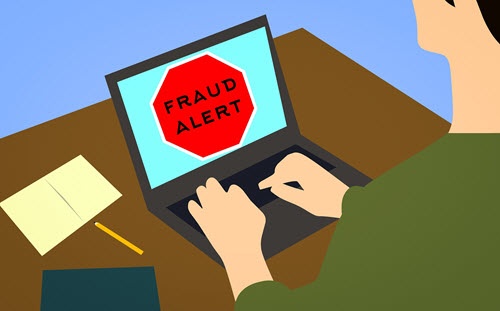 Jonathan Farrington is a globally recognized business coach, mentor, author, consultant and sales thought leader, who has guided hundreds of companies and more than one hundred thousand frontline salespeople and sales leaders towards optimum performance levels. He is the Senior Partner at Jonathan Farrington & Associates, Chairman of The JF Corporation and CEO of Top Sales Associates, based in London & Paris. You can also catch his popular, award-winning blog here—The JF Blogit.
Jonathan Farrington is a globally recognized business coach, mentor, author, consultant and sales thought leader, who has guided hundreds of companies and more than one hundred thousand frontline salespeople and sales leaders towards optimum performance levels. He is the Senior Partner at Jonathan Farrington & Associates, Chairman of The JF Corporation and CEO of Top Sales Associates, based in London & Paris. You can also catch his popular, award-winning blog here—The JF Blogit.
As 2011 meandered to an uneventful close, with no sign of a significant upturn in global economic conditions, we reflected on a year of flat-line results, during which 54% of frontline sales professionals missed quota. (Source: Chally) Amidst all this depressing analysis of data, I was asked to predict out into 2012 (Listen to Jonathan's recorded interview with Dan McDade, in which he discusses the future of professional selling), and a small part of what I said was this …
“Next year, I anticipate we will see a reduction in external sales positions of around 20%: 10% will be lost for good, and the other 10% will move inside. I believe that this pattern will continue for the next three years, until we are left with less than 10% of the total sales population working externally.
The reasons for this are obvious: Advances in technology mean that we can communicate just as easily from our desks, using video conferencing etc. Why do we need an expensive outside sales force, with all of the huge financial investment that is required, when the task can be handled far more efficiently—and more profitably?”
You see, for years, an inside sales position has been considered as the bottom rung on the sales ladder—their immediate ambition to gain promotion to an outside sales job, with a car and an expense account: An obvious sign to their family and friends that they were “making it” in sales. Not anymore.

Today’s breed of inside sales professional is bright, qualified, and well rewarded. Inside sales is now a career, not a mere stepping stone. Their commercial bandwidth is much, much wider, and their skill-sets are at the very least, the equivalent of their “outdoor” colleagues.
How do they fit in with the new overall selling landscape? Actually, what will that landscape look like? What impact is all of this going to have on the 10% of external sales positions that survive?
To begin with, I think it is important we accept that virtually anything that can be purchased online with a credit card does not require the input from a salesman/saleswoman—these are the new “commodity sales”. I appreciate that takes in so many products that in the past have been sold traditionally, for example, I.T. equipment, software, financial products, motor vehicles, clothes, food, etc. And thinking about retail, it is no coincidence that whilst profits on the high street are falling alarmingly, online retail figures are soaring!
I estimate that 80-90% of all B2B transactions will be conducted online within three years, including high-end solutions that require some level of consultation, which will be provided via video conferencing. The remaining 10-20% external sales professionals that are left will become far more sophisticated—they will have to in order to survive. Their basic skills-set will include very high levels of commercial acumen, industry/sector/market knowledge. They will speak the language of the buyer. They will be a rare and highly valued commodity!
But my biggest concern is for the “Joe Average” external salesmen and women. These are the order-takers; the “just popped in for a chat to see if there is anything going” people; the courtesy callers; the shelve-stackers; the “I’m here if you need me” and the “He will always buy from me because he likes me” operators. What is to become of them? They are going to be consigned to the annals of sales history. They will become extinct—it is already happening.
Miller’s Willy Loman, in “Death of a Salesman” didn’t become an unsuccessful salesman overnight, he simply couldn’t—wouldn’t—change his selling style, to come in-line with the need of a new buyer, and that is precisely what will happen to all of those hundreds of thousands, if not millions, of salespeople, who will either migrate inside or perish.
I am personally witnessing so many people who are in complete denial. They just will not accept that we are experiencing the most dramatic changes the sales space has ever witnessed, and rather like Dicken’s Mr. Micawber, they think “something will turn up”—but in all probability, it will not unless they make it happen.
A final thought and message to sales professionals everywhere: In my humble opinion, there has never been a more exciting time to be part of this wonderful profession of ours. It is true we are undergoing a considerable transition but you know, change is inevitable—it is the one constant we can rely on: It cannot be refused or resisted, so we have to accept it, adapt and thrive.
Topics: Inside Sales, Sales Process, B2B Sales, Guest Blogs





